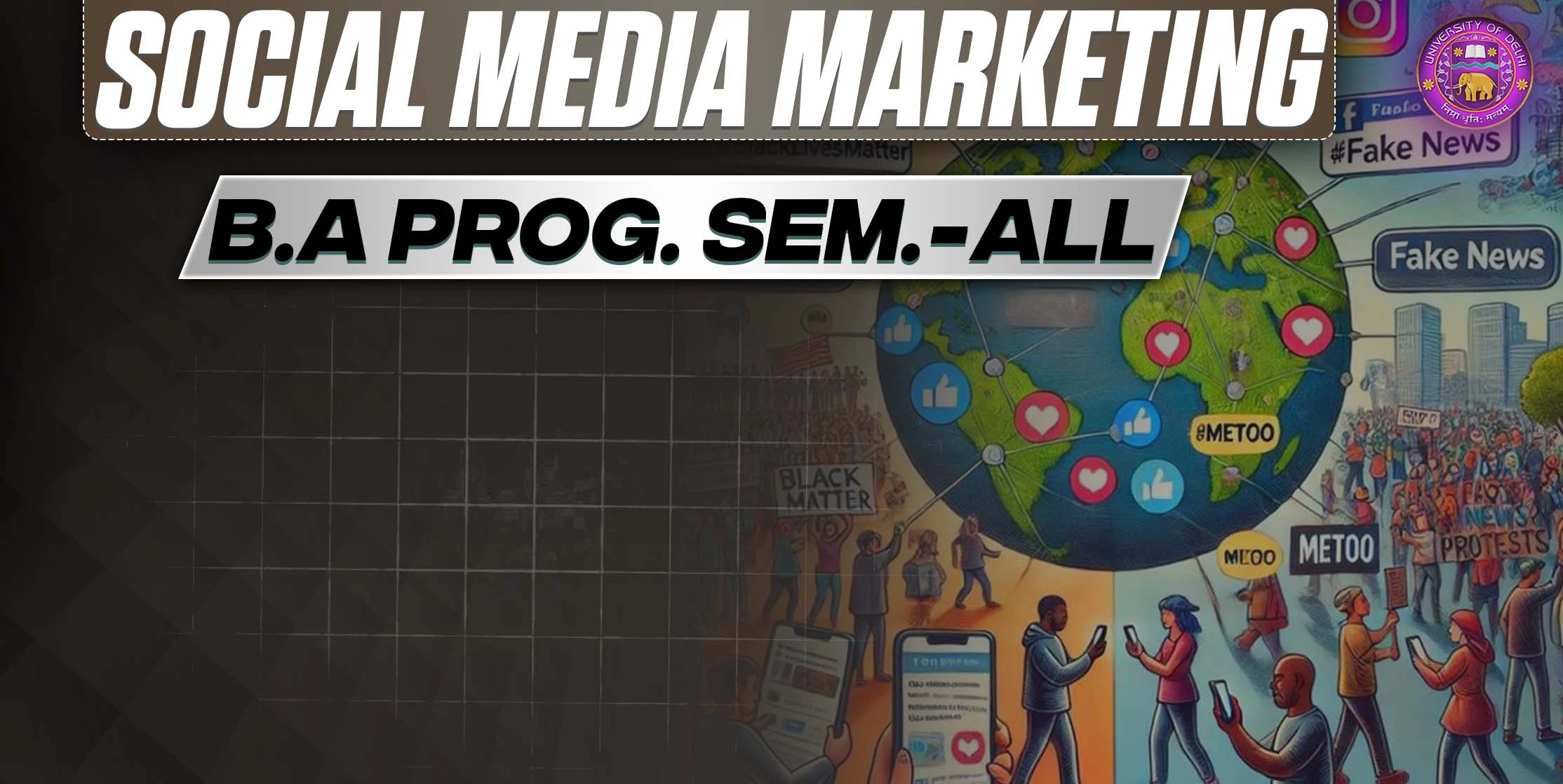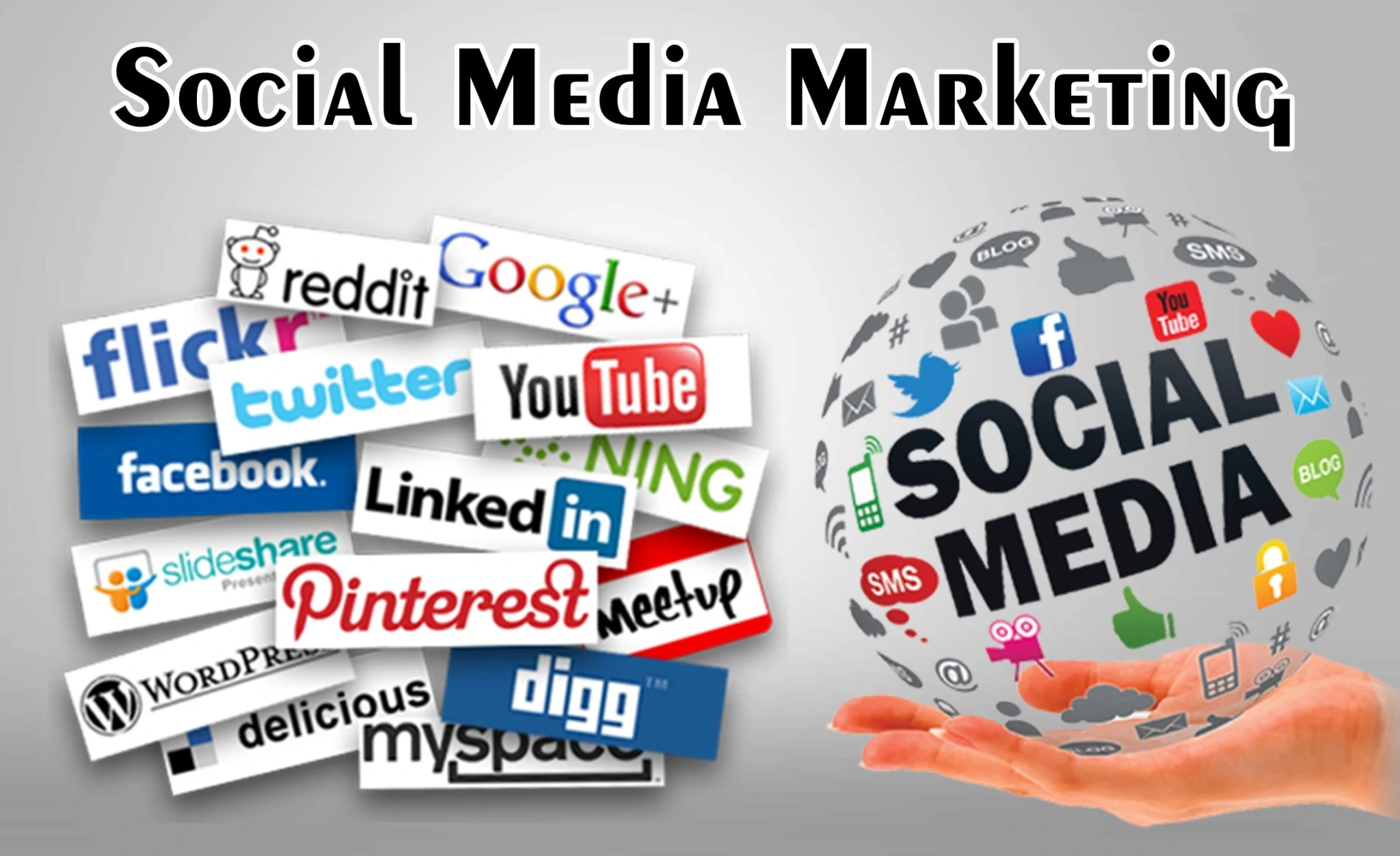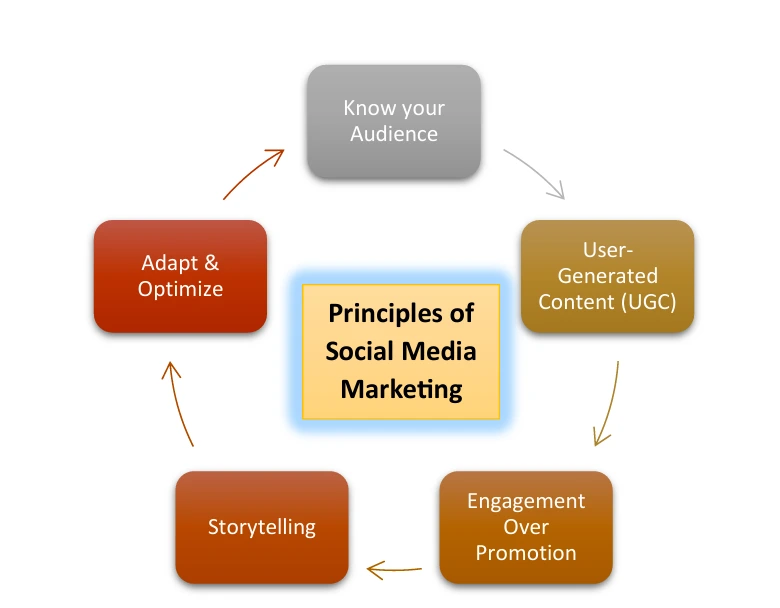
Get in Touch
We will get back to you within 24 hours.
Welcome to MVS Blog

Q-1. Define Social Media Marketing and explain its significance principles with examples also describe the various forms and impact of social media marketing.
Answer :
Introduction
Social media marketing uses social media platforms (like Facebook, Instagram, Twitter, LinkedIn, and YouTube) to promote and advertise products, services, or brands. It involves creating and sharing content, such as posts, videos, images, and advertisements, to engage with users, build brand awareness, and increase sales. For example, if you run a small bakery, you might post pictures of your cakes on Instagram to make people want to visit your bakery or order from you. Social Media Marketing helps businesses connect with a lot of people and get more attention online.

Forms of Social Media : Social media comes in various forms, each with its own unique characteristics and purposes. Some common types of social media platforms include:
Significance of Social Media Marketing :
1. Enhanced Brand Awareness: Social media platforms have billions of active users, providing businesses with an unparalleled opportunity to reach a wide-ranging audience and amplify brand recognition.
Example : Imagine a new ice cream shop opens in your neighbourhood. They start an Instagram page and post pictures of their colourful, tasty-looking ice creams. To make it
fun, they ask people to share pictures of themselves enjoying the ice cream with a special hashtag, like #YummyScoops.
2. Choosing the Right Platforms: Social media platforms offer advanced tools for precise targeting based on demographics, interests, behaviour, and location.
Example: Imagine you love playing video games and often search online for game reviews or watch gaming videos on YouTube. One day, while scrolling Instagram or YouTube, you see an ad for a brandnew game that looks exactly like the kind you love to play.
3. Building an active Community: Social-media enables real-time interaction, allowing brands to build relationships and respond to queries or feedback quickly.
Example: Starbucks engages with customers on Twitter by addressing complaints or
showcasing user-generated content (UGC).
4. Paid advertising: Many social media tools are free, and paid campaigns can be run on flexible budgets, making SMM accessible to businesses of all sizes.
Example: A small bakery uses Facebook ads with a $50 budget to target local customers, increasing foot traffic.
5. Data and Insights: Social media marketing refer to the information collected about how people interact with your content, advertisements, or profile. Businesses use this data to understand their audience better and make smarter decisions to reach more people.
Example: HubSpot tracks the performance of its LinkedIn campaigns to optimize future
posts.

Impact of Social Media
Conclusion
Social media marketing involves using platforms like Facebook, Instagram, and Twitter to promote products or services. It's important because it helps businesses reach a wide audience, engage directly with customers, and build brand awareness. Key principles include targeting the right audience, creating engaging content, and using analytics to measure success. Its impact includes increased brand visibility, customer loyalty, and higher sales, but it also requires careful management to avoid backlash or negative publicity.
0 Response